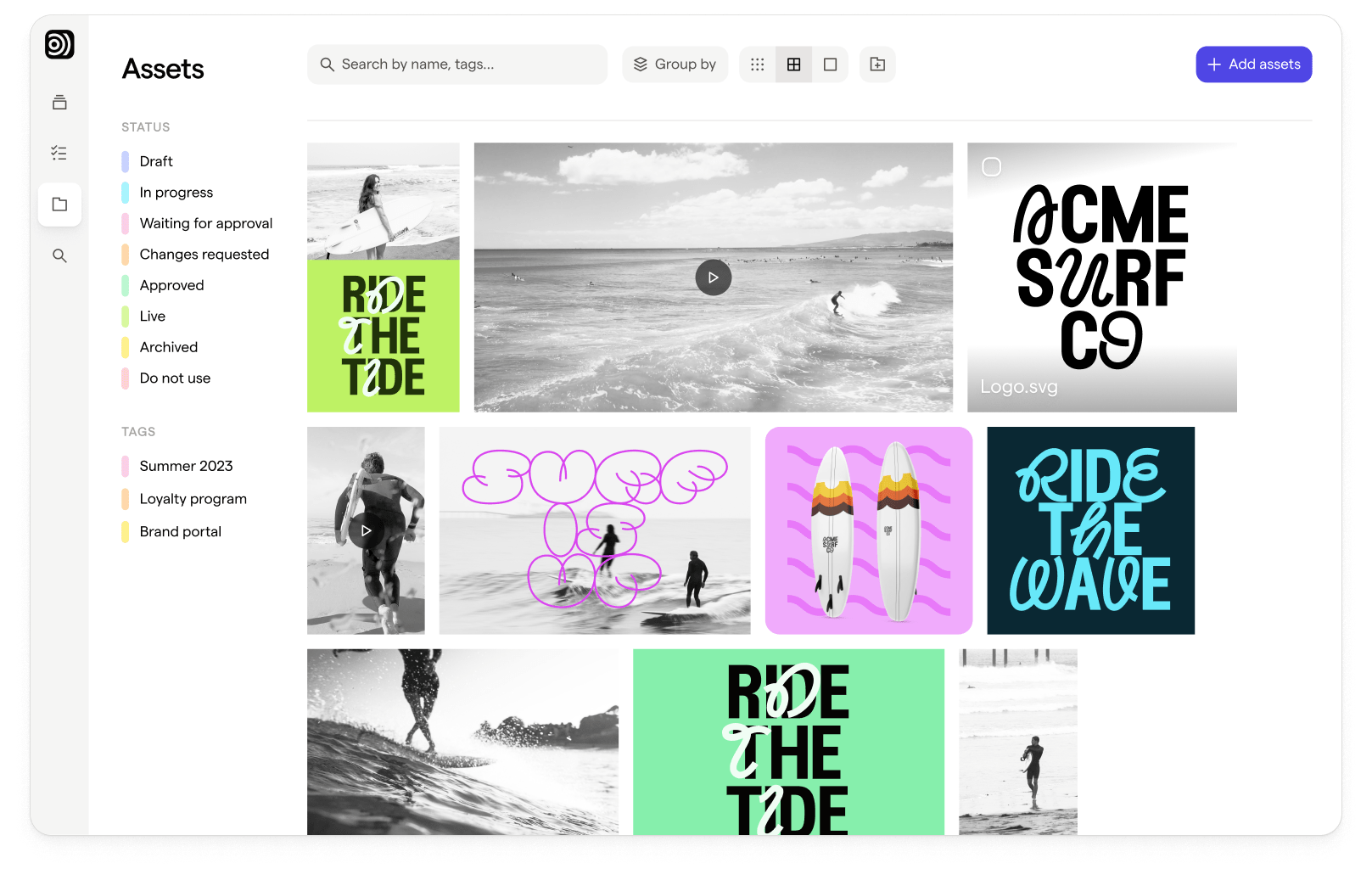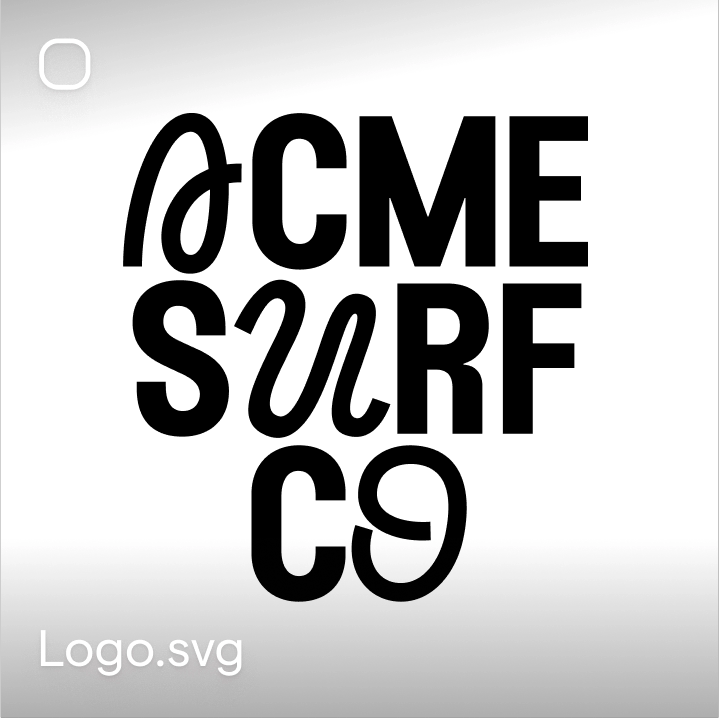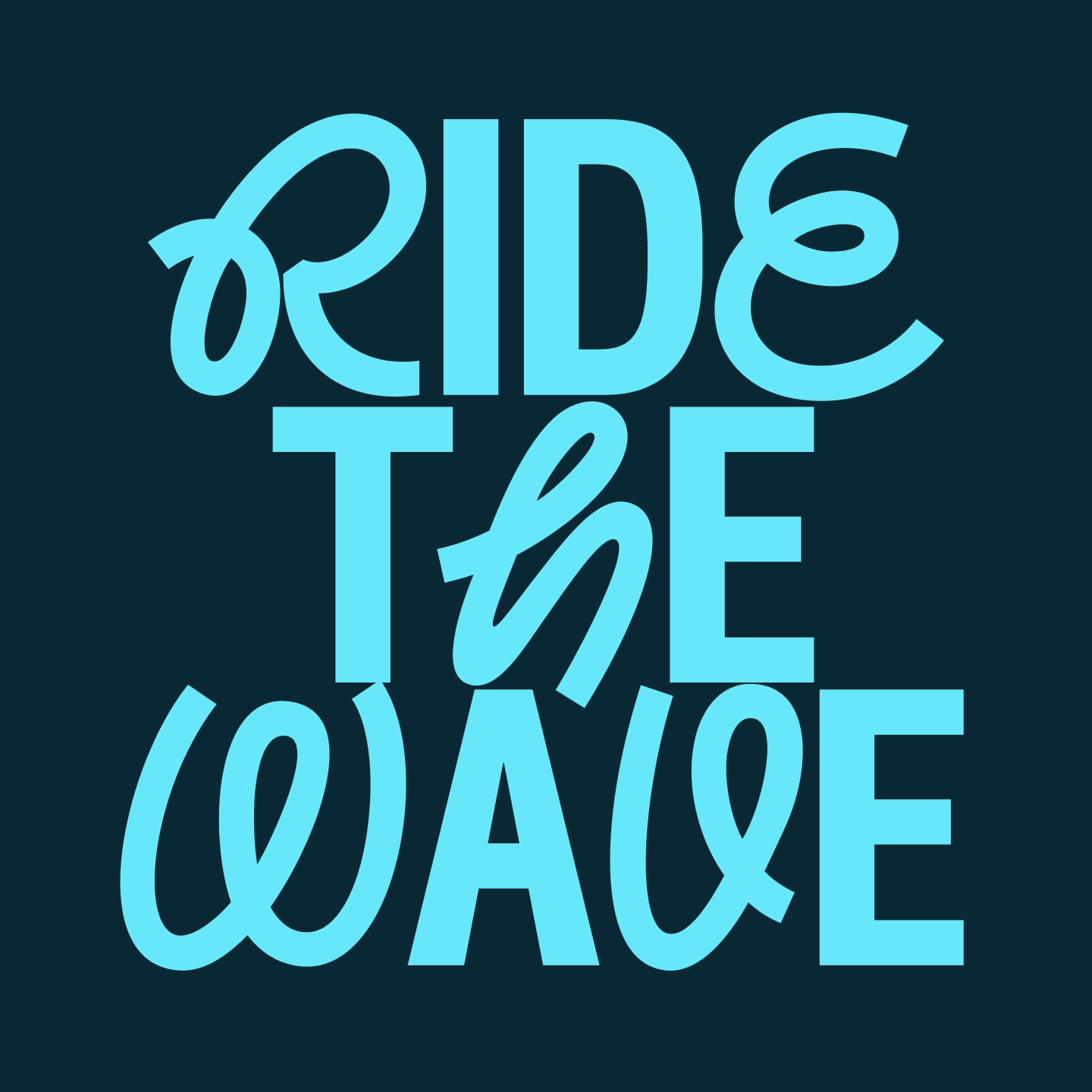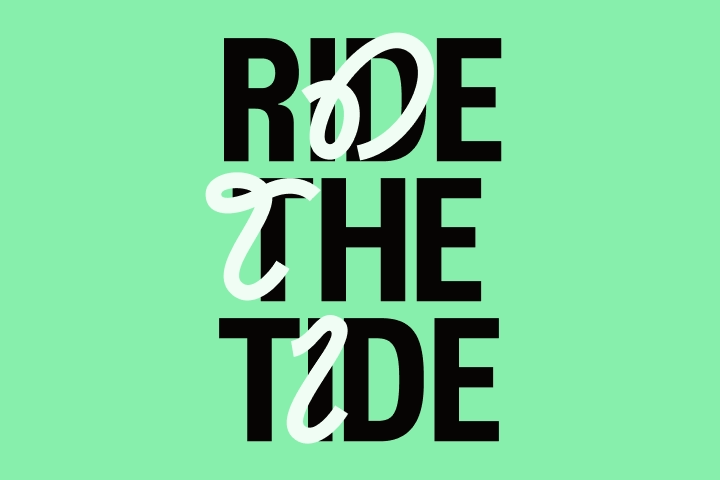What is a brand hub?
A brand hub is a centralized platform allowing organizations to store, manage, and distribute brand assets such as logos, images, videos, documents, and other brand-related materials. By providing a single source of truth for all brand assets, a brand hub simplifies asset access and ensures consistency across all channels.
Benefit #1: Boosting Performance Marketing Metrics with a Brand Hub
A brand hub can significantly impact performance marketing metrics, leading to higher CTRs, lower CPAs, and better results even on a smaller budget. By fostering improved collaboration and communication among team members, a brand hub enables marketing teams to create more compelling and high-performing ads that resonate with their target audience. With streamlined access to brand assets and guidelines, teams can quickly develop and test ad variations, ensuring that every ad is aligned with the brand's identity and messaging. Ultimately, this results in more engaging and relevant ads, leading to higher click-through rates and conversion rates.
Furthermore, the increased efficiency and productivity that a brand hub provides can reduce costs associated with managing and creating marketing materials, allowing performance marketers to optimize their budgets better.
Benefit #2: Centralized asset management
One significant advantage of a brand hub is centralized asset management. Instead of storing assets in multiple locations or on individual team members' computers, a brand hub offers a central repository for asset storage and management. This streamlined approach makes it easier for teams to find necessary assets while reducing the risk of losing crucial brand materials.
Benefit #3: Consistency across all channels
Another key benefit of using a brand hub is ensuring consistency across all channels. Providing a single source of truth for all brand assets, a brand hub facilitates easy access to the appropriate materials for each channel while adhering to brand guidelines. This consistency builds trust with customers and reinforces the brand's identity.
Benefit #4: Increased productivity and efficiency
A centralized platform for asset management, a brand hub can boost productivity and efficiency. Teams no longer need to spend time searching for assets, and can instead focus on creating content and executing campaigns. Furthermore, a brand hub can streamline workflows and automate certain processes, enhancing efficiency even more.
Benefit #5: Improved collaboration and communication
A brand hub fosters better collaboration and communication among team members. By offering a central location for all brand assets, teams can share and collaborate on projects more easily. Additionally, a brand hub can include features such as commenting and approval workflows, simplifying feedback provision and ensuring materials are approved before publication.
Benefit #6: Better control and protection of brand assets
Lastly, a brand hub provides better control and protection of brand assets. With all assets stored in a centralized location, monitoring access to each asset and ensuring only approved materials are used becomes easier. Brand hubs can also feature version control and asset tracking, facilitating change tracking and ensuring the most up-to-date materials are used.
Conclusion
In conclusion, a brand hub offers numerous benefits for organizations looking to effectively manage brand assets, especially for performance marketing teams. From centralized asset management to improved collaboration and communication, a brand hub can help teams work more efficiently and effectively while ensuring consistency and control over brand assets.
FAQs
- What is a brand hub?
A brand hub is a centralized platform enabling organizations to store, manage, and distribute brand assets. - What types of assets can be stored in a brand hub?
Brand hubs can store a variety of assets, including videos, logos, images, illustrations, and other rich media. - How can a brand hub improve collaboration among team members?
A brand hub improves collaboration among team members by providing a central location for all brand assets, streamlining sharing and collaboration on projects. - Can a brand hub help to ensure consistency across all channels?
Yes, by providing a single source of truth for all brand assets, a brand hub makes it easier for teams to access the right materials for each channel and ensure that all materials are consistent with the brand guidelines. - How can a brand hub improve productivity and efficiency?
By providing a centralized platform for asset management, a brand hub can help teams save time by eliminating the need to search for assets in multiple locations. Additionally, a brand hub can help to streamline workflows and automate certain processes, further improving efficiency.
What is Focal?
Focal is a creative asset management platform perfect for asset-heavy teams. With Focal, you can ship effective ads 10x faster.
Our key features are an AI-powered search for creative assets, advanced media mockups, and collaborative docs designed for marketers. All features in Focal are seamlessly connected with Slack and Figma, so you don't need to waste time on manual copy+paste.




















